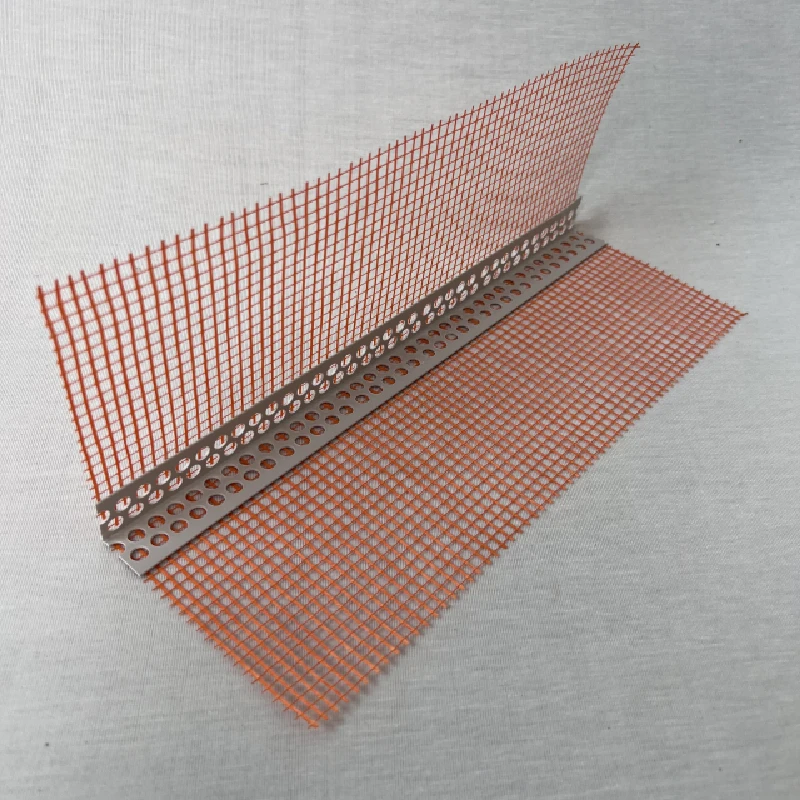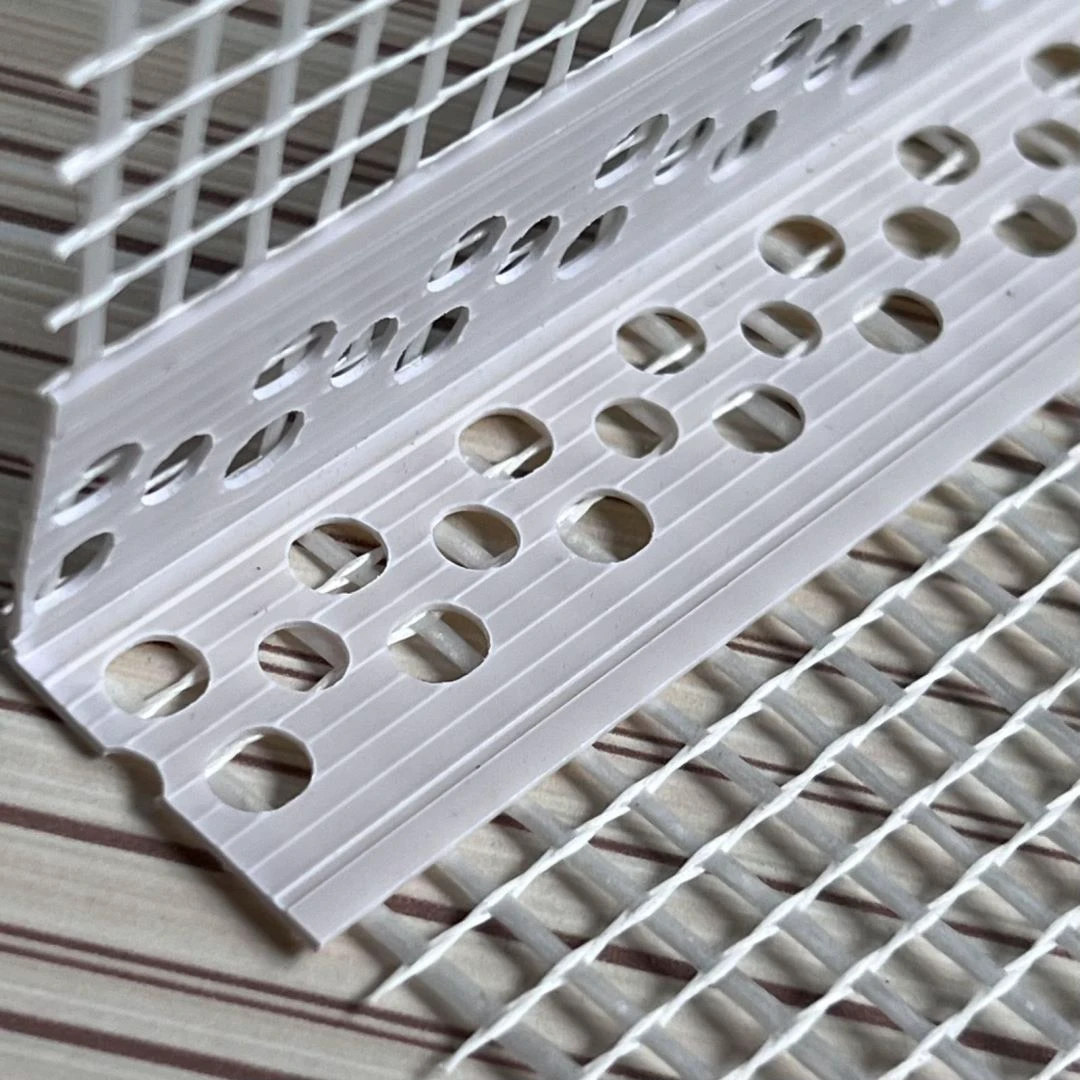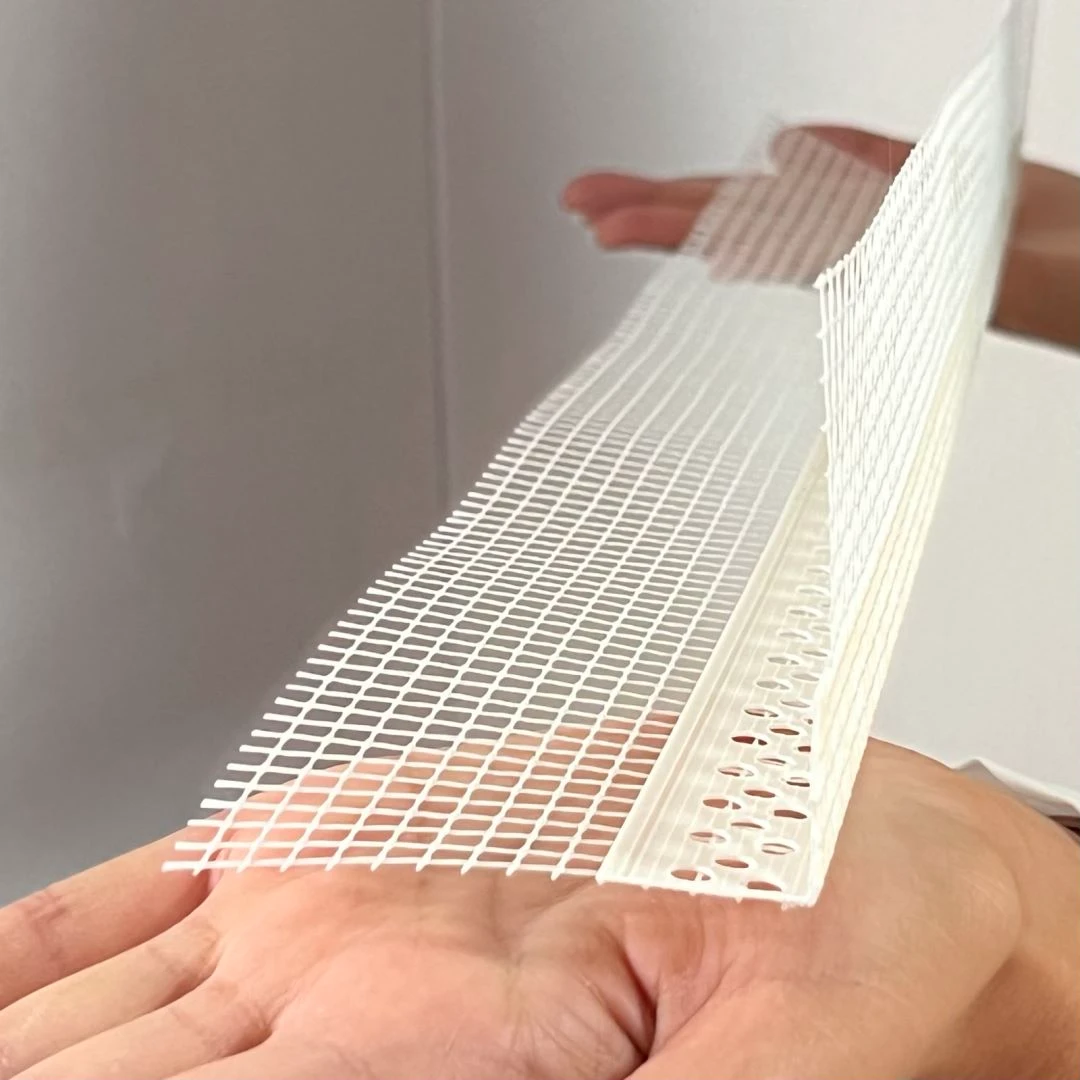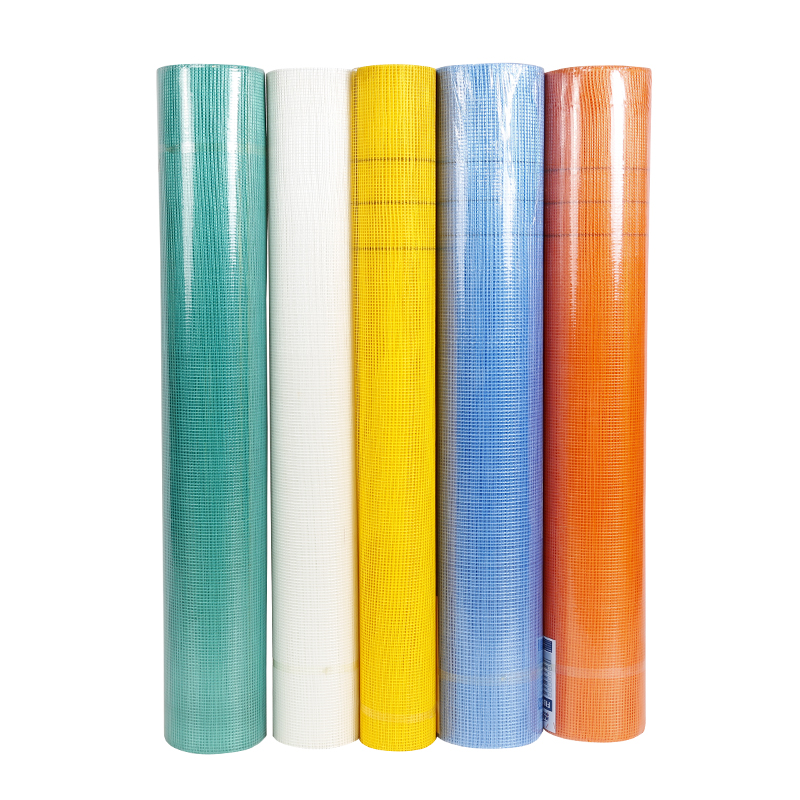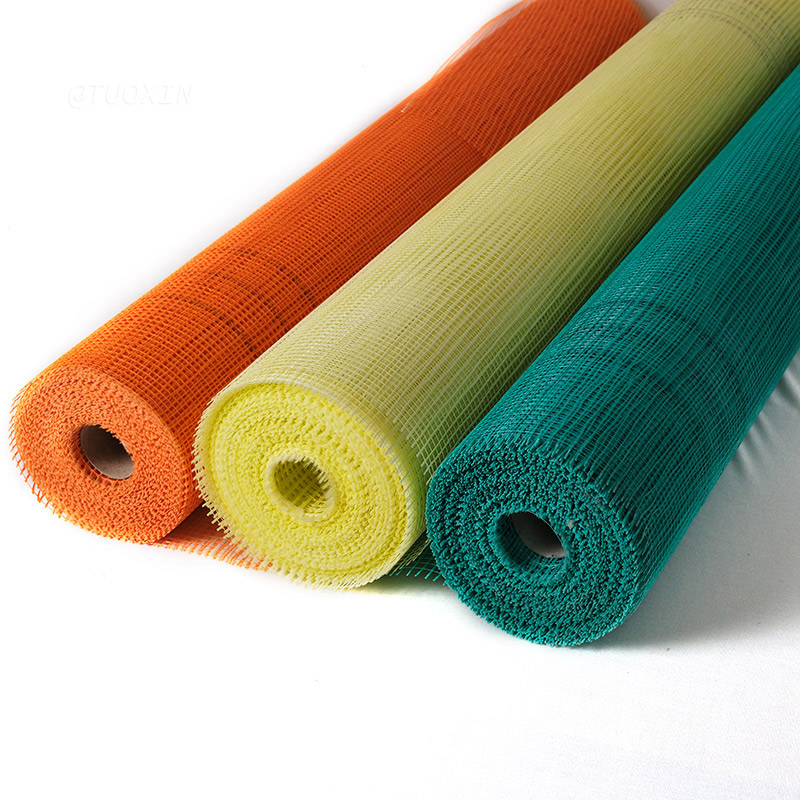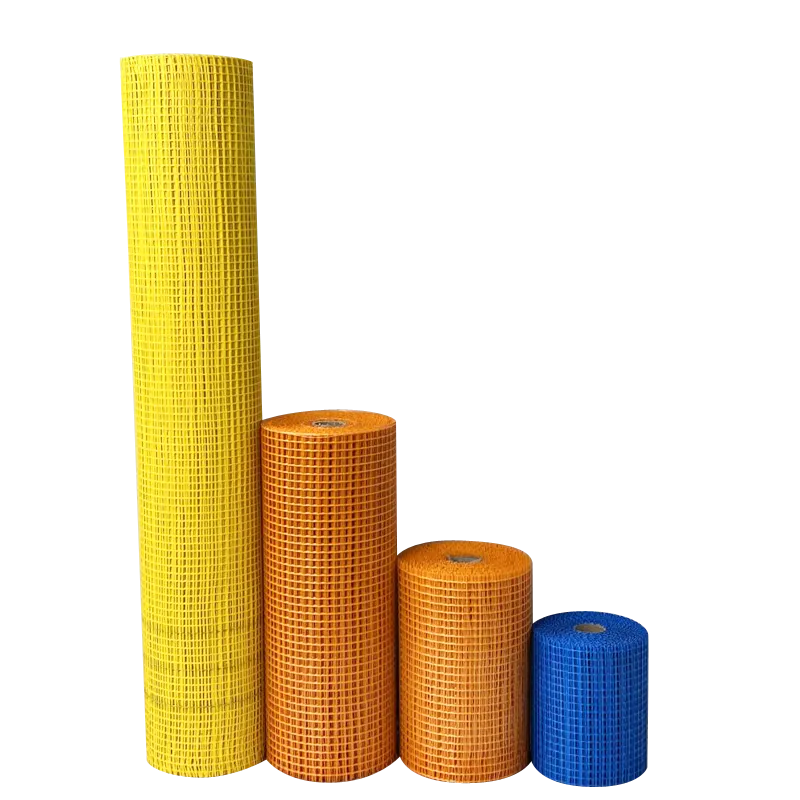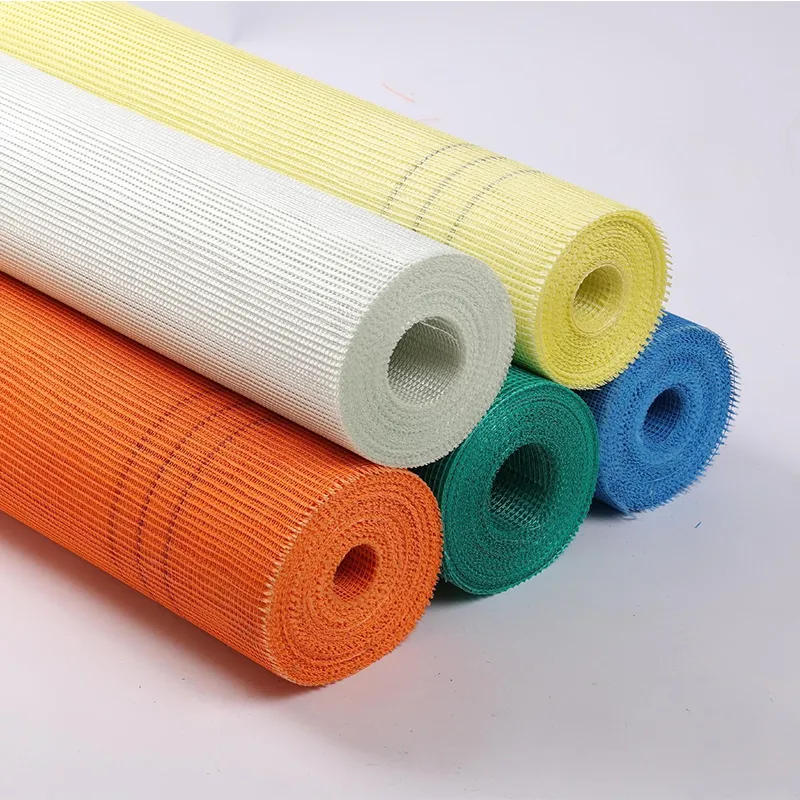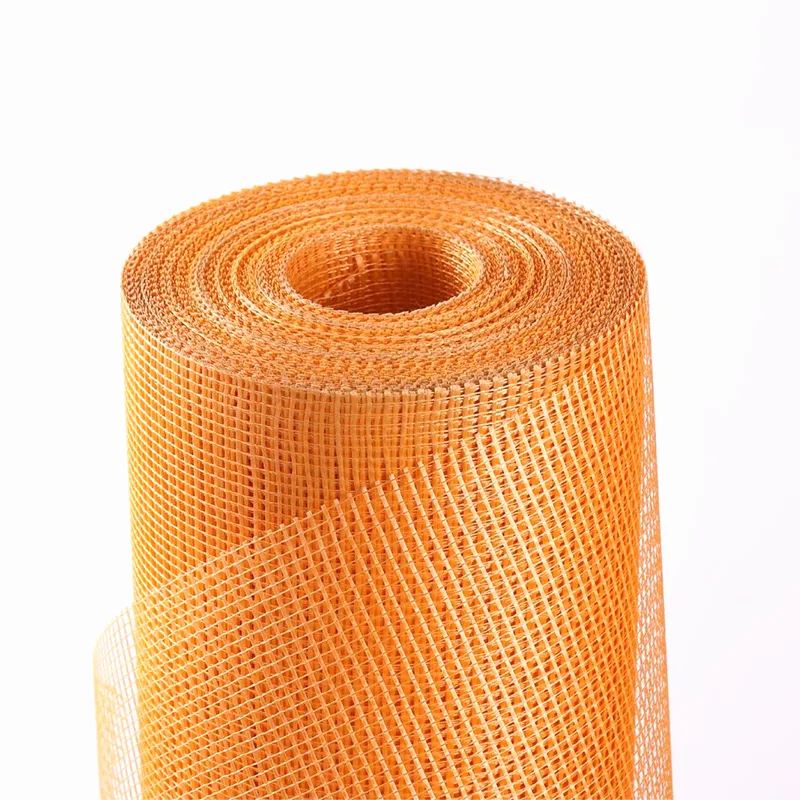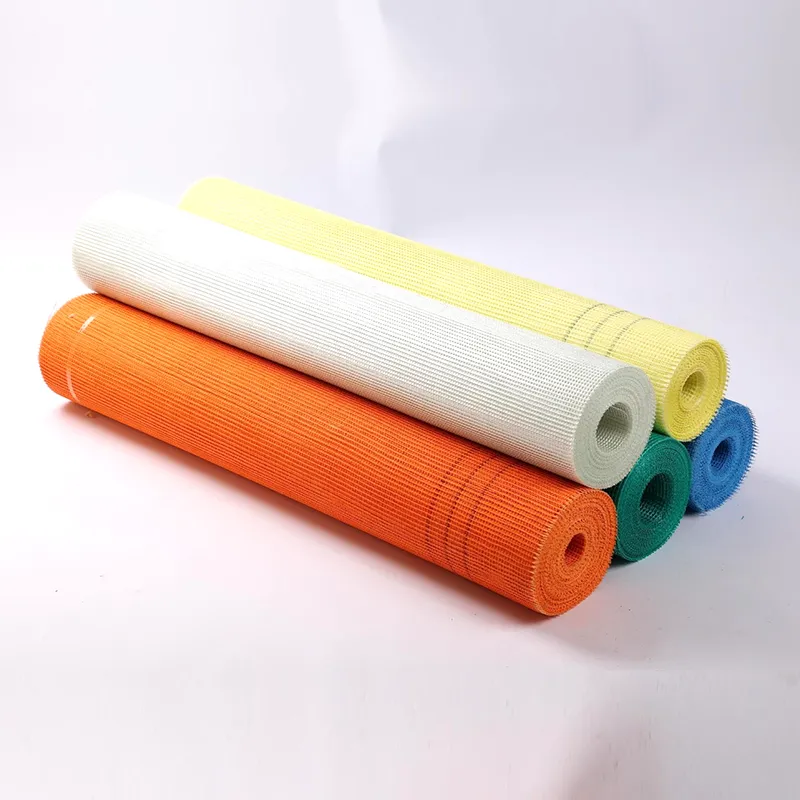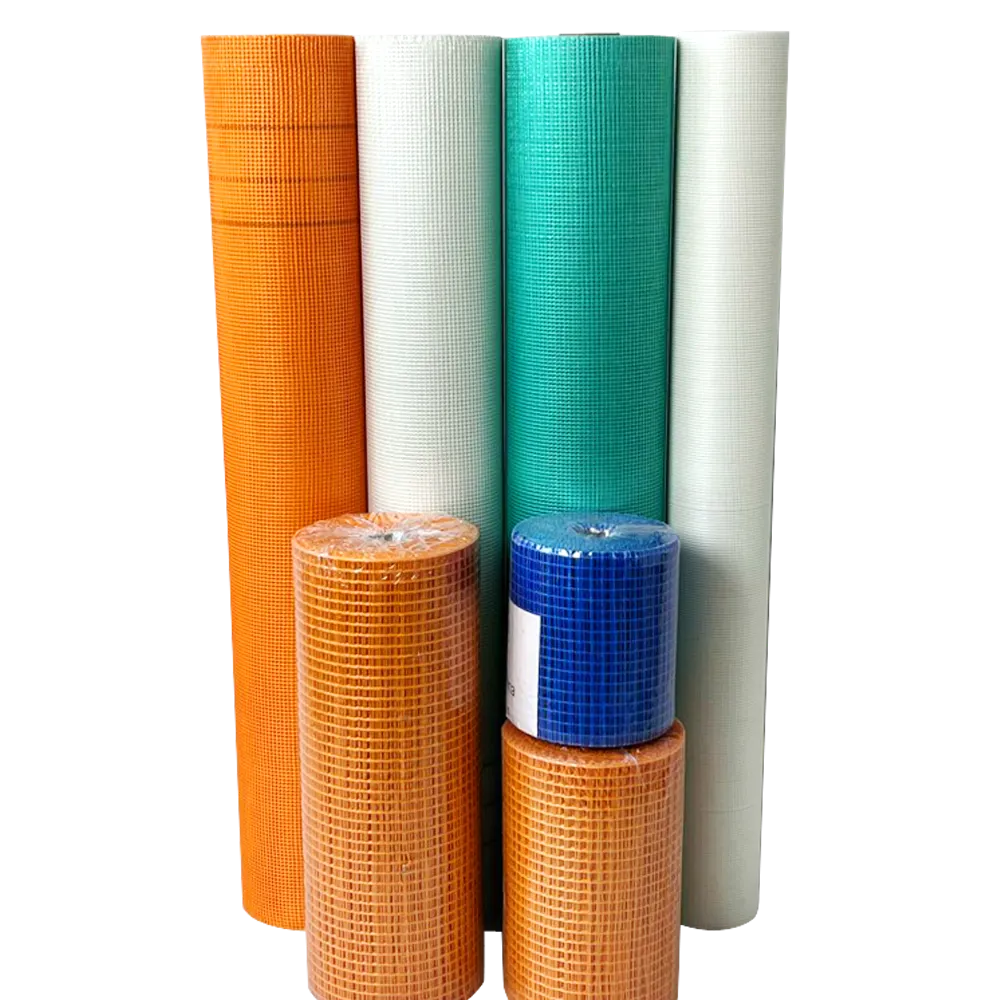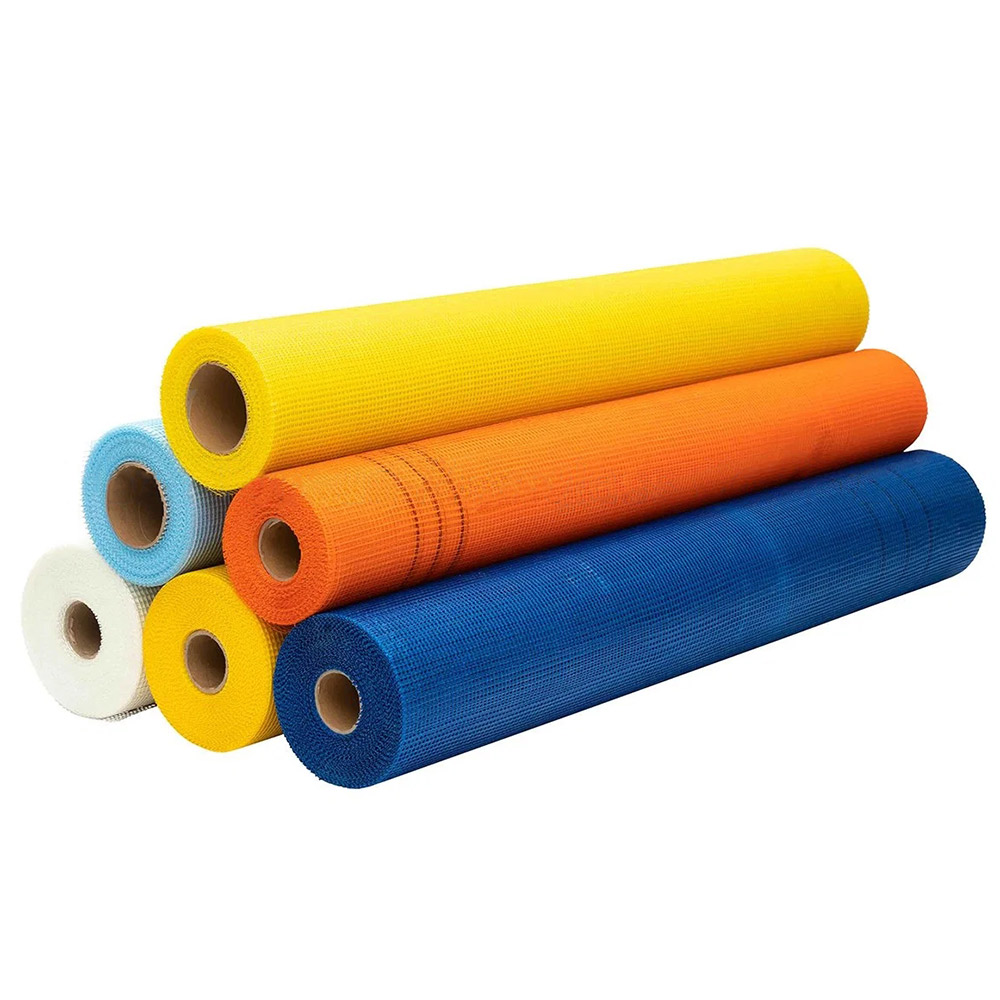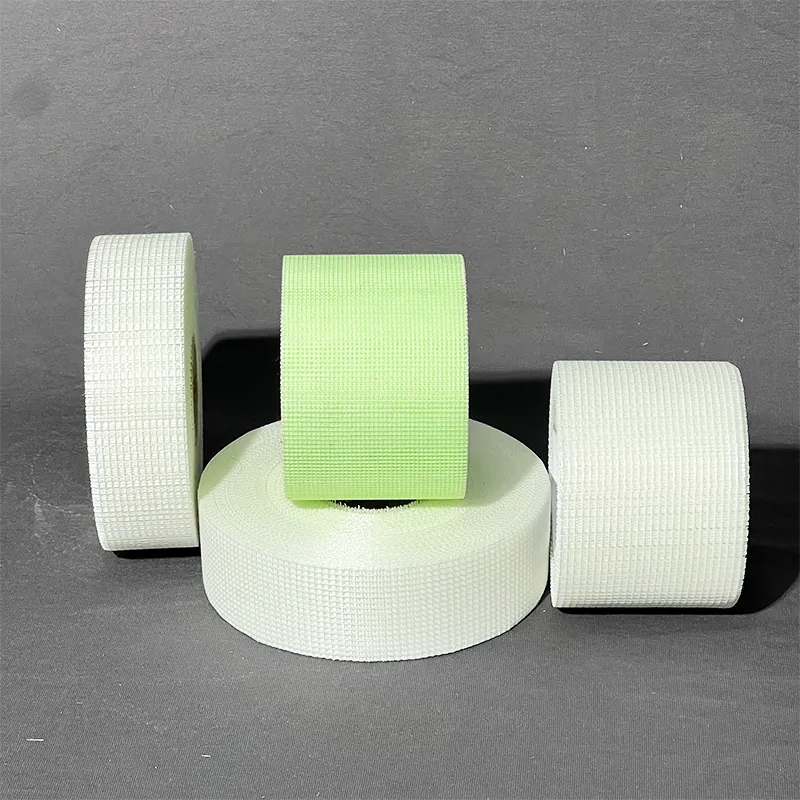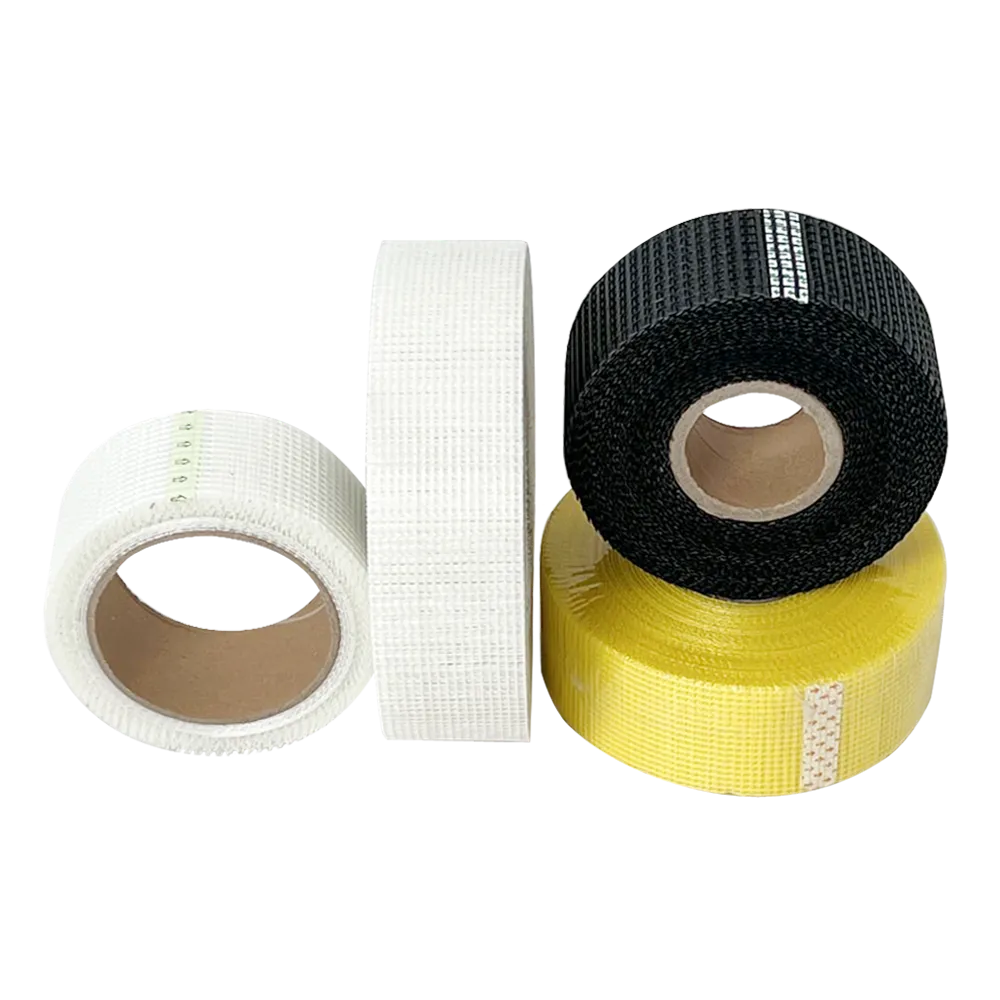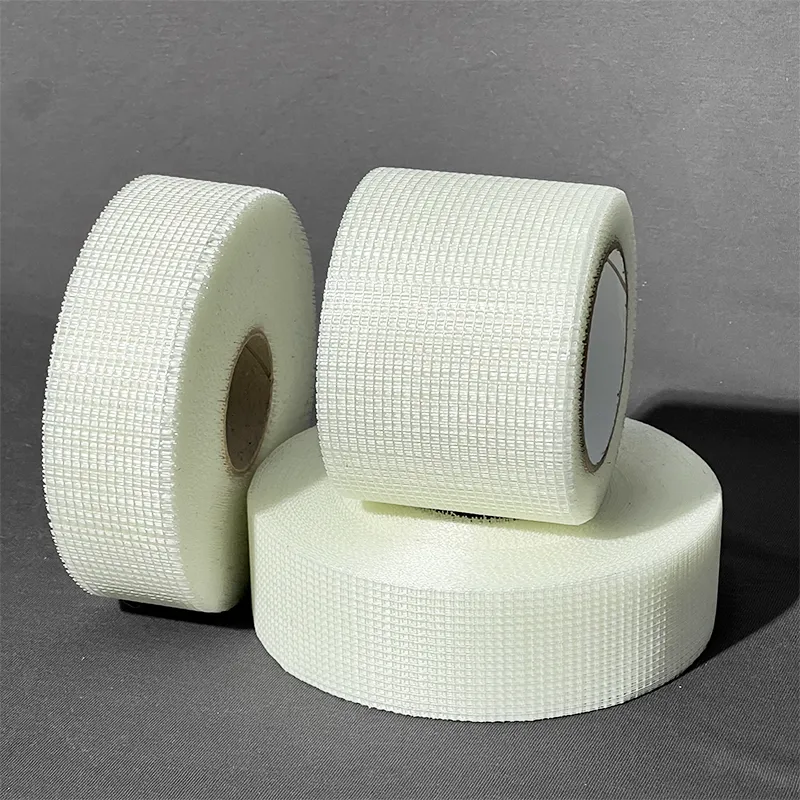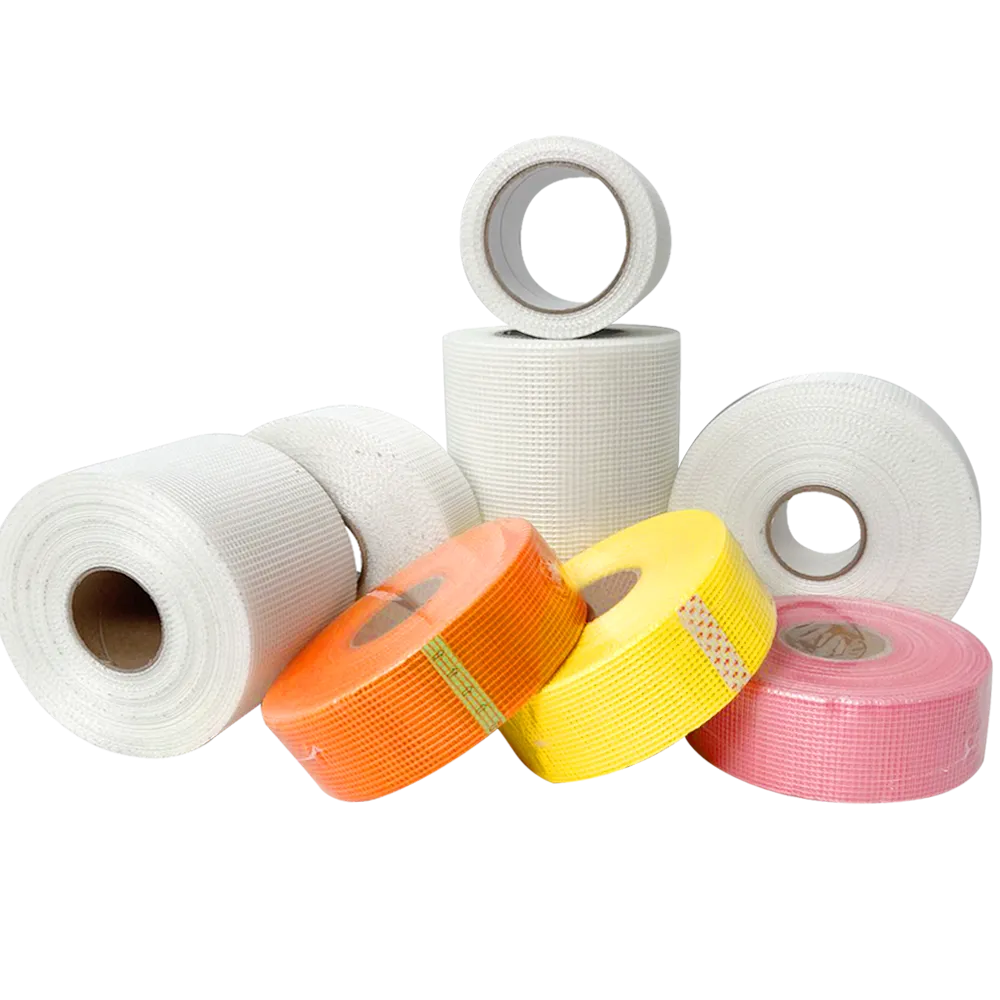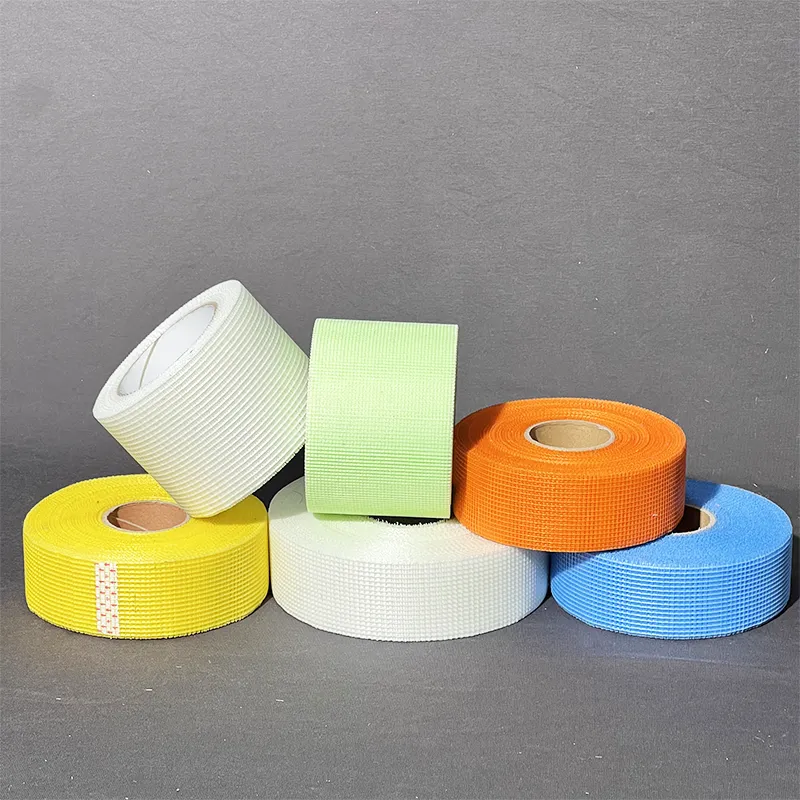7 月 . 18, 2025 14:59 回目錄
A Comprehensive Guide to fiber glass Yarns: Understanding Roving, C, and E Glass Fibers
Glass fiber yarns are versatile materials that find applications in a wide range of industries, from construction and automotive to textiles and aerospace. They are known for their strength, durability, and resistance to high temperatures and chemical corrosion. Whether you're working with roving fiber glass yarn, C fiber glass yarn, E fiber glass yarn, or the general fiber glass yarn, understanding the unique properties and uses of each type can help you choose the right one for your project. This article will explore these different kinds of glass fiber yarns and their key characteristics.
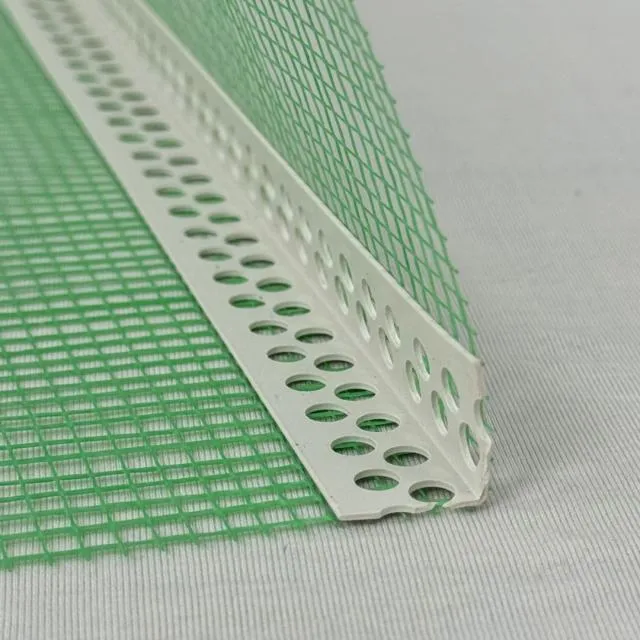
What is fiber glass Yarn?
fiber glass yarn is a type of textile made from glass fibers, which are drawn from molten glass and then spun into thin filaments. These filaments are woven or twisted into yarns that can be used in various applications, such as in reinforcing composite materials, textiles, insulation, and electrical products. Glass fibers are made from silica-based materials and offer several advantages, including high tensile strength, heat resistance, and electrical insulation properties.
There are different types of fiber glass yarns based on their composition and performance characteristics. Among the most common are roving fiber glass yarn, C fiber glass yarn, and E fiber glass yarn. Each type is tailored for specific applications depending on the requirements for strength, flexibility, temperature resistance, and chemical stability.
Roving fiber glass Yarn: The Versatile Reinforcement Fiber
Roving fiber glass yarn is a continuous strand of glass fibers that are typically bundled together and used as a reinforcement material in composites. It is one of the most commonly used forms of glass fiber yarn in industries that require materials with high strength and durability.
Key Features of Roving Glass Fiber Yarn:
High Strength: Roving glass fiber yarn offers exceptional tensile strength, which is why it's often used to reinforce materials like plastics, resins, and concrete. This makes it ideal for construction and automotive applications.
Versatility: Roving glass fiber yarn can be used in both wet and dry applications. It can be coated with resin to form composite materials or used in unidirectional or bidirectional weaves for fabric applications.
Lightweight: Despite its strength, roving glass fiber yarn is lightweight, which is a crucial factor in applications where weight reduction is important, such as in the aerospace and automotive industries.
Roving fiber glass yarn is especially favored in applications such as fiberglass-reinforced plastics, boat hulls, and wind turbine blades, where high-performance materials are essential.
Common Uses of Roving Glass Fiber Yarn:
Composite Materials: Used as reinforcement in fiberglass composites, making them strong and durable.
Automotive Parts: Components like bumpers, body panels, and underbody parts are reinforced with roving glass fiber yarn.
Aerospace: Lightweight yet strong composites are essential in the aerospace sector, and roving glass fiber yarn is widely used in aircraft components.
C fiber glass Yarn: Cost-Effective and Chemically Resistant
C fiber glass yarn is a type of glass fiber known for its chemical resistance and cost-effectiveness. It is produced from a specific formulation of glass, which gives it the ability to withstand harsh environments, including exposure to acids and alkalis. C fiber glass yarn is typically used in industries where chemical resistance is critical but high electrical insulation properties are not as important.
Key Features of C Glass Fiber Yarn:
Chemical Resistance: C glass fiber yarn is highly resistant to a variety of chemicals, including acids and alkalis, making it ideal for use in environments where corrosive substances are present.
Lower Electrical Insulation: While C glass fiber yarn offers some insulation properties, it is not as effective as E fiber glass yarn when it comes to electrical applications. As such, it is generally used in non-electrical applications.
Cost-Effective: C fiber glass yarn is generally less expensive than other types of glass fiber yarn, making it a cost-effective choice for many industrial applications.
Common Uses of C fiber glass Yarn:
Chemical Industry: Used in the manufacturing of chemically resistant fabrics and coatings.
Insulation: Suitable for insulating materials in environments where high chemical resistance is required.
Marine Applications: Often used in boat hulls and other marine structures where exposure to saltwater and chemicals is common.
E fiber glass Yarn: The Industry Standard for Electrical Insulation
E fiber glass yarn is the most commonly used type of glass fiber yarn, particularly in the electrical and electronic industries. E fiber glass yarn is specifically designed to provide high electrical insulation properties while maintaining good mechanical strength and resistance to heat.
Key Features of E Glass Fiber Yarn:
Electrical Insulation: E fiber glass yarn is an excellent electrical insulator, making it ideal for use in wiring, transformers, and other electrical applications.
High Temperature Resistance: E fiber glass yarn can withstand high temperatures without degrading, making it suitable for applications in electrical devices that generate heat.
Mechanical Strength: It provides excellent tensile strength, which adds durability to the electrical systems in which it is used.
Flexibility: Despite its strength, E fiber glass yarn is flexible enough to be woven into various forms, including braids and tapes, for use in electrical insulation.
Common Uses of E fiber glass Yarn:
Electrical Insulation: Woven into tapes, cords, and braids, E fiber glass yarn is widely used as insulation for electrical wires, cables, and motors.
Automotive Industry: Used in components like spark plug wires and heat shields, where electrical insulation and temperature resistance are necessary.
Construction: E fiber glass yarn can be used for reinforcing cement or other building materials, providing both strength and insulation properties.
Choosing the Right Fiber Glass Yarn for Your Project
When selecting the appropriate fiber glass yarn for your project, it’s essential to consider the specific needs of your application. Each type of glass fiber yarn—whether roving fiber glass yarn, C fiber glass yarn, or E fiber glass yarn—has its unique characteristics, and choosing the right one will ensure optimal performance and durability.
Roving fiber glass Yarn: Ideal for reinforcement in composite materials and applications that require high strength and low weight, such as in automotive and aerospace industries.
C fiber glass Yarn: Perfect for environments where chemical resistance is paramount, but electrical insulation is not a priority. It’s commonly used in the chemical and marine industries.
E fiber glass Yarn: The best choice for electrical insulation, with excellent high-temperature resistance and mechanical strength. It’s commonly used in electrical and automotive applications.
Understanding the differences between these types of fiber glass yarn will allow you to make an informed decision about which material is best suited for your specific needs, ensuring both the safety and efficiency of your products or structures.
-
The Ultimate Guide to Fiberglass mesh Tape for Drywall and Joint Applications訊息Jul.18,2025
-
The Ultimate Guide to Alkali Resistant Drywall Joint Tape: Types, Benefits, and Applications訊息Jul.18,2025
-
The Essential Guide to Fiberglass Mesh Tape: Uses, Benefits, and Applications訊息Jul.18,2025
-
The Complete Guide to PVC Corner Beads with fiberglass Mesh for Plastering and Drywall Projects訊息Jul.18,2025
-
A Complete Guide to Fiberglass mesh Tape for Drywall, Cement Board, and Wall Cracks訊息Jul.18,2025
